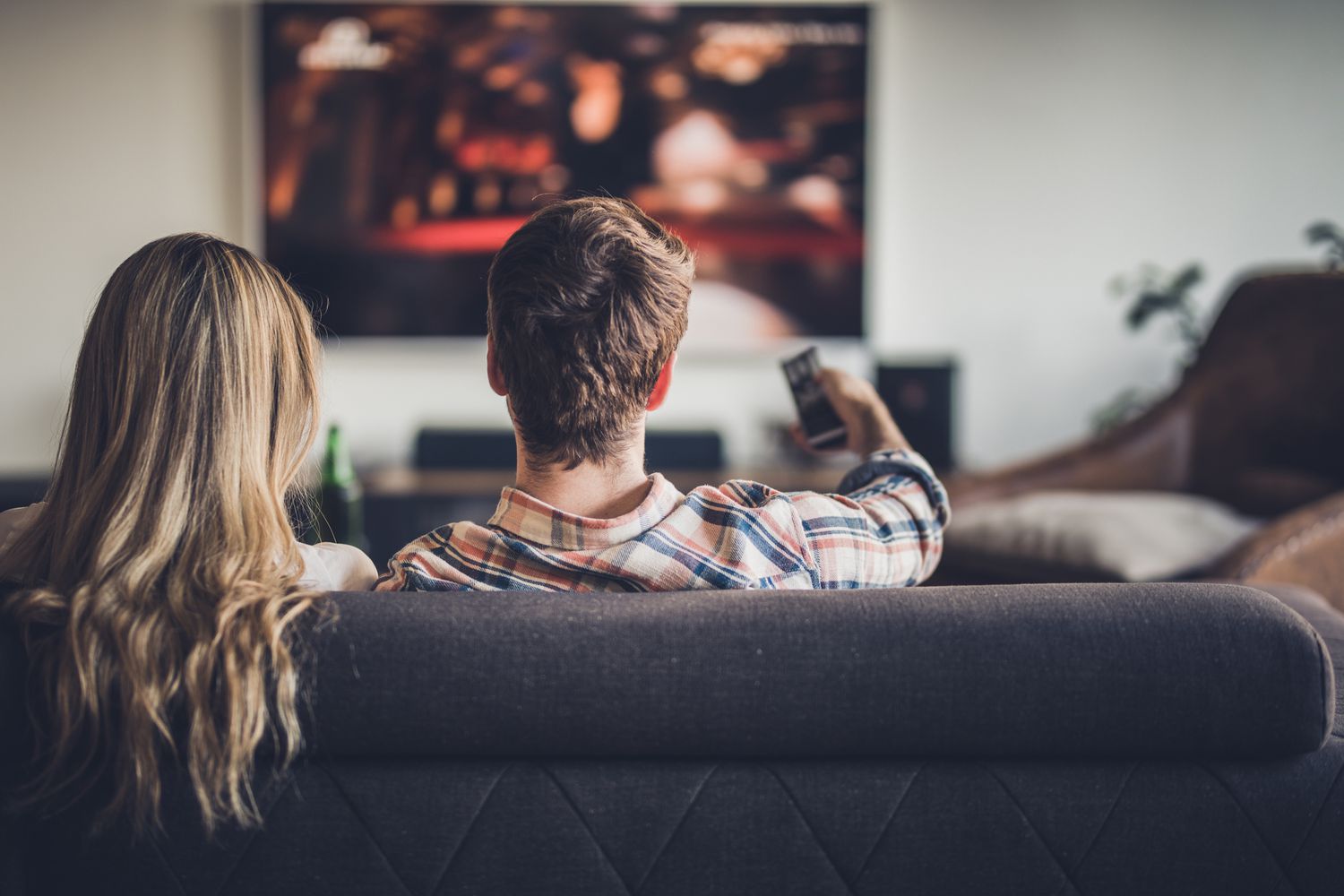
How to Purchase a Television in 2023? Due to the wide variety of screen resolutions, display types, and other factors, selecting a TV today is much more difficult than in the past. This TV buying guide will assist you in sorting through the numbers to find the best TV for your space and viewing habits.
What to Look For When Buying a TV
It can be difficult to sort through the massive number of TVs on the market, but you can use five key factors to help you find the right one.
Price \sResolution
screen size
Smart platforms with display types
How Much Should You Spend on a TV?

The amount you should spend on a TV is determined by where you intend to use it and how large it must be. The size, resolution, and type of display all play important roles in determining the price of a television. You can buy a smaller set with a higher-quality picture, a larger TV with a lower-quality picture, or find the sweet spot in each price category.
If you want a better picture along with a larger screen, you’ll have to pay more.
Here’s a general idea of what to expect at different price points:
| Resolution | What it means |
| 720p | 720×1280 resolution (HD) Suitable for TVs under 32-inch Pixels will be visible if you sit too close |
| 1080p | 1080×1920 resolution (Full HD) Suitable for TVs under 42-inch Pixels will be visible if you sit too close |
| 4K | 2160×3840 resolution (UHD) Suitable for all size TVs Necessary for 4K gaming and UHD Blu-rays |
| 8K | 4320×7680 resolution (UHD) Suitable for very large TVs There is a lack of 8K content |
What’s the Right Screen Size For a TV?
The correct screen size for a TV, like resolution, is determined by the viewing distance or how far you intend to sit from the TV. Smaller televisions are better suited to smaller rooms, whereas larger televisions are better suited to large rooms where you can comfortably sit far away from the screen
Televisions with higher resolution displays allow you to sit closer to the screen without sacrificing picture quality. Higher resolution displays have more individual pixels on the screen, allowing you to sit much closer without seeing the individual pixels. It’s the difference between the image on the TV looking like a solid picture and being able to see the image as a series of coloured dots.
The simplest way to determine the appropriate size TV for your space is to measure the distance between the seating area and the location of the TV. Divide that distance in half if you’re getting a 1080p TV. If you’re purchasing a 4K TV, use the distance measurement without performing any additional calculations. In both cases, the result is the largest TV that can be comfortably used in that space.
Assume your couch is seven feet, or 84 inches, away from the wall. A 42-inch 1080p TV or an 84-inch 4K TV could be used. You’ll be able to see individual pixels on the screen if you use a larger TV.
Read More:Top 10 Free Email Accounts in 2023: Searching Free Email Address?
What Display Type Should a TV Have?
The type of display on your TV will be primarily determined by your budget. OLED has the best picture quality, the best contrast, and the deepest blacks. QLED displays come close and are less expensive, but they are only available in higher-end TVs.
LED LCD TVs with active and local dimming look better and have higher contrast ratios, and mini-LED backlighting and quantum dot QLED displays also help with those issues.
Organic LEDs are used in OLED television displays and are controlled pixel by pixel. That is, each pixel can be turned off independently of the others. As a result, the contrast ratios are extremely high, as one part of the screen can display perfect black while another part displays a bright, colourful image.
The best displays are OLED, but they are also the most expensive. Though LCD TVs can become brighter, high-end QLED TVs provide a good balance of price and image quality.
Should a TV Be Smart or Non-Smart?
For better or worse, most TVs are now smart TVs. Every year, it becomes more difficult to find a “dumb” TV, and even low-cost models now include built-in streaming platforms. If you want a non-smart television, your options are limited.
If you already have Fire TV sticks or a Roku setup, look for a TV that supports the same platform. This will make the transition from your old TV to your new one much easier, and you won’t need to plug in any extra hardware.
Although some manufacturers have their own in-house smart TV platforms, you can always connect your streaming device. Examine how well the TV you want integrates external streaming devices, as some do a better job than others.
Who Should Buy a TV?

If you fall into any of these categories, you will benefit from owning a television.
Binge-watchers. Whether you have stacks of DVDs and Blu-rays or subscribe to every streaming service imaginable, an appropriately sized HD or UHD TV will give your favourite shows far more breathing room than your phone or laptop screen.
Cinephiles. Nothing beats a nice home theatre setup, starting with finding a suitable TV, if you’re a big movie fan.
Parents. If you only have one TV, you’re probably tired of the kids arguing about what to watch, and many great budget-priced TVs can help with that.
Gamers. If you’ve gotten your hands on an Xbox Series X or PlayStation 5, but you’re still gaming on an old 1080p TV, you’re missing out. To take full advantage of today’s game systems, you’ll need a 4K TV.
What Should I Do After I Buy a TV?

If you’re replacing an existing TV, the setup process will be as simple as swapping out the new TV for the old. Here’s a quick rundown of what you should do after making your purchase:
Calculate the installation area. If you’re replacing your Television with a larger one, measure the available space. Even if the new TV is in the same size class as the old one, it may be thicker, thinner, or have slightly different dimensions to take into account.
Examine the weight capacity of your stand or mount. Consider the new TV’s weight in comparison to your old one. If it’s significantly heavier, a new wall mount or TV stand may be required.
Examine your cables. If you’ve had a new TV for a while, your HDMI cables may be out of date. If you bought a 4K TV and want to connect it to a current-generation game console, you’ll need HDMI 2.1 cables for the best results.
Consider moving your streaming device. If you’re currently using a streaming device, such as an Apple TV or Fire Stick, consider removing it from the old TV and connecting it to the new one for the smoothest transition, even if it has built-in streaming capabilities.
Collect your passwords. If you’re not using your old streaming device, keep the login information for all of your streaming services on hand. You’ll need to download all of the necessary apps and sign in to your new TV.
Conclusion
When purchasing a new television, the general rule is that bigger is better, which applies to both the physical size of the screen and the resolution. Unless you go overboard, you’ll rarely regret purchasing a too-large television. Buying an 85-inch 4K TV for an 80-square-foot bedroom, for example, is overkill, but it will take up too much space in the room.
The main exception to this rule is that 8K is currently considered excessive. It doesn’t hurt if you have the funds, but you’re unlikely to be disappointed if you “settle” for a 4K TV. The highest resolution content you’re likely to consume regularly will be 4K video from Blu-rays, game consoles, and streaming services because 8K content isn’t widely available yet.












7 Comments